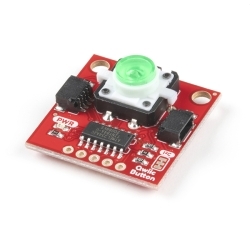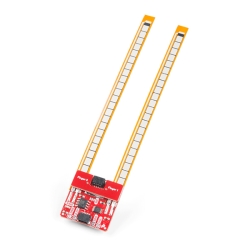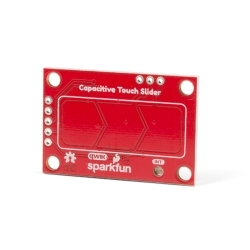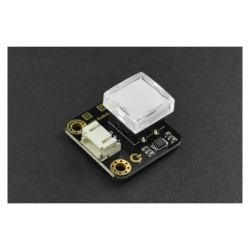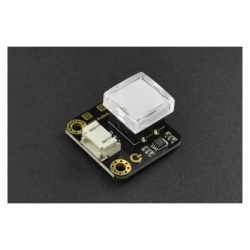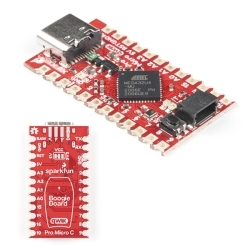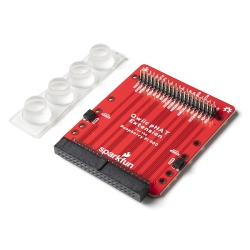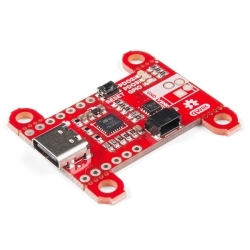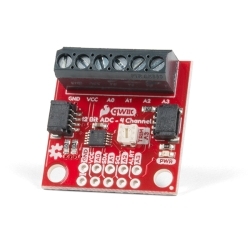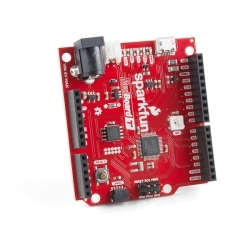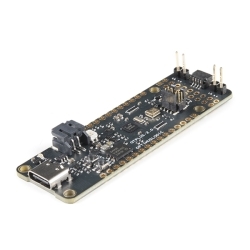SparkFun Qwiic Keypad - 12 Button
The SparkFun Qwiic Keypad comes fully assembled and makes the development process for adding a 12 button keypad easy.
Helpful Documentation
Product Overview
Keypads are very handy input devices, but who wants to tie up seven GPIO pins, wire up a handful of pull-up resistors, and write firmware that wastes valuable processing time scanning the keys for inputs? The SparkFun Qwiic Keypad comes fully assembled and makes the development process for adding a 12 button keypad easy. No voltage translation or figuring out which I2C pin is SDA or SCL, just plug and go! Utilizing our handy Qwiic system, no soldering is required to connect it to the rest of your system. However, we still have broken out 0.1"-spaced pins in case you prefer to use a breadboard.
Each of the keypad's 12 buttons has been labeled 1, 2, 3, 4, 5, 6, 7, 8, 9, 0, *, and # and has been formatted to into the same layout as a telephone keypad with each keypress resistance ranging between 10 and 150 Ohms. The Qwiic Keypad reads and stores the last 15 button presses in a First-In, First-Out (FIFO) stack, so you don’t need to constantly poll the keypad from your microcontroller. This information, then, is accessible through the Qwiic interface. The SparkFun Qwiic Keypad even has a software configurable I2C address so you can have multiple I2C devices on the same bus.
Note: The I2C address of the Qwiic Keypad is 0x4B and is jumper selectable to 0x4A (software-configurable to any address). A multiplexer/Mux is required to communicate to multiple Qwiic Keypad sensors on a single bus. If you need to use more than one Qwiic Keypad sensor consider using the Qwiic Mux Breakout.
Features & Specs
- Software Selectable Slave Address
- Low Power ATtiny85 controller
- Button Presses w/ Time Stamp
- Default I2C Address: 0x4B
- 2x Qwiic Connector
Customer Reviews

Stock and Customer Discounts
Available Discounts
- $12.83 | 10+ units
- $12.15 | 25+ units
- $11.48 | 100+ units

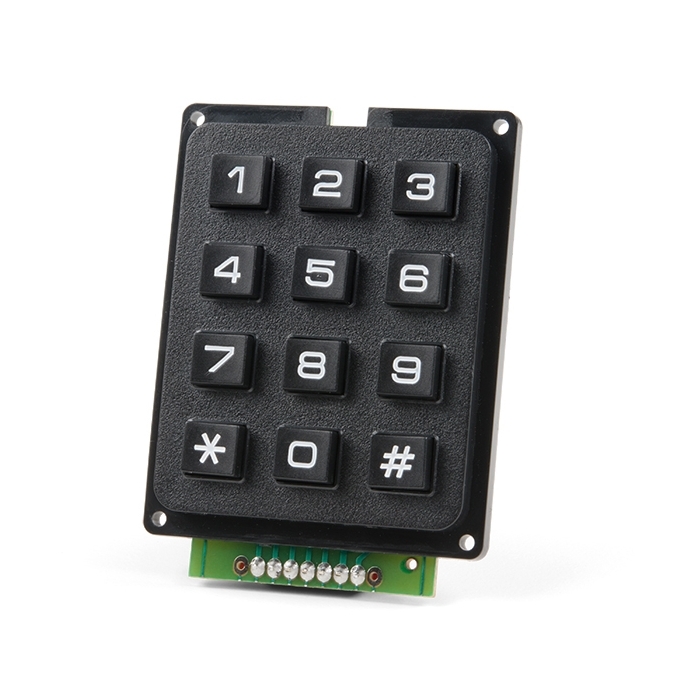
 Hookup Guide
Hookup Guide Schematic
Schematic

